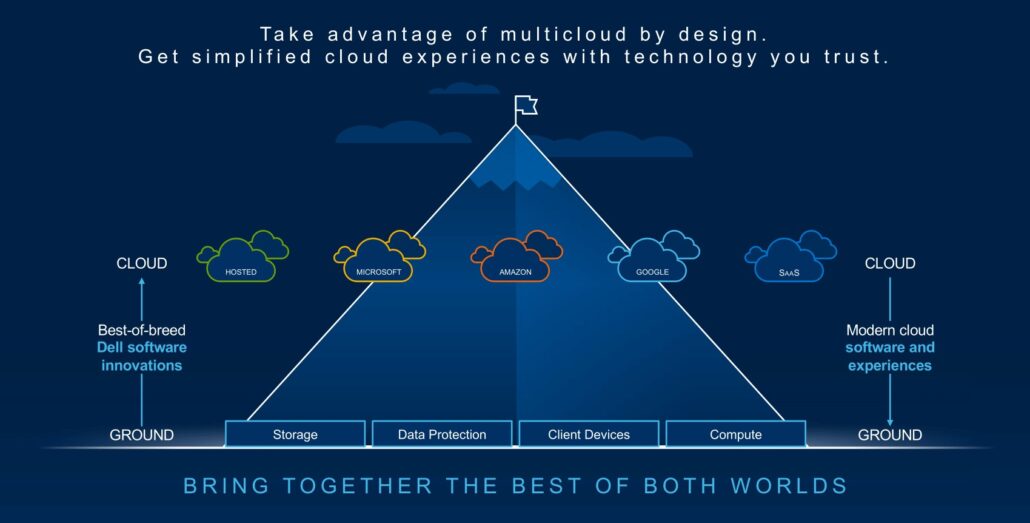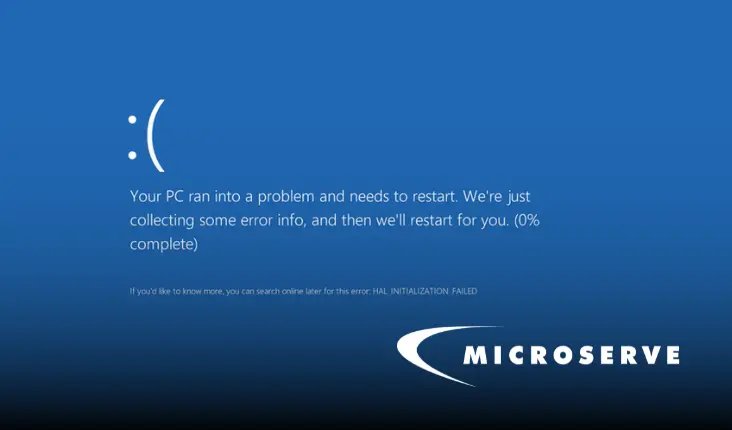The world of cloud infrastructure presents businesses with two primary concerns: data vulnerability and the inflexible setup of traditional cloud experiences. Businesses often find themselves trying to navigate between agility, scalability, and security. According to Dell, by 2021, “70% of enterprises will be running some form of multi-cloud environment.” Let’s explore how to streamline the infrastructure and data management for multi-cloud environments.

Tackling Security Policies in a Multi-Cloud Environment
Creating a systematic and comprehensive security policy for multi-cloud environments is a crucial first step. This policy will serve to identify and address security risks. Follow these guidelines to create an effective security policy for your multi-cloud environment:
Identify Security Risks
Kick-start the process by conducting a thorough risk assessment across all your cloud providers. This assessment should include network security, data encryption, access controls, and other security controls – even the physical security of your cloud providers’ data centers.

Establish Security Policies
After identifying the risks, establish security policies to define the rules related to access controls, data encryption, data retention, incident response, and other critical security practices. These policies should align with compliance requirements, such as HIPAA, GDPR, PCI, CCPA.
Implement Security Controls
Implement security controls, such as firewalls, intrusion detection and prevention systems, data encryption tools, and access controls across all your cloud providers. You should also implement a robust identity and access management (IAM) solution.
Monitor and Test Security Controls
Regularly monitor and test your security controls to ensure their effectiveness. This could include monitoring your cloud providers’ infrastructure and logs to detect any suspicious activity that could indicate a security breach.
Regularly Update and Review Security Policies
As your multi-cloud environment evolves, it’s crucial to regularly update and review your security policies. This helps ensure they stay relevant and effective.
Harnessing the Power of Multi-Cloud Management Tools
Employing a multi-cloud management tool, such as Dell APEX, can help reduce the inefficiencies and costs associated with multi-cloud environments. Dell APEX offers Technology as-a-Service solutions, providing pay-as-you-go flexibility while retaining control over data.

In essence, Dell APEX helps you:
- Ensure data is stored in locations that satisfy compliance requirements.
- Reduce operational costs with scalable resources on demand.
- Unify management of hybrid, multi-cloud environments across providers like Microsoft, AWS, Google, and more.
Dell APEX users have reported up to an 88% reduction in lost productivity per user/year due to IT outages and a 53% decrease in time spent decommissioning and retiring hardware.
Flexibility and Security in a Multi-Cloud Environment
As more businesses shift towards a multi-cloud environment, it is vital to address the potential security risks that come with it. However, with a tool like Dell APEX, you can simplify management, reduce inefficiencies, and lower operational costs while retaining agility, scalability, and security.
To ensure flexibility and security:
- Create a comprehensive security policy.
- Regularly update and review your security policies and test your security controls.
- Leverage a multi-cloud management tool like Dell APEX to monitor changes across cloud providers.

By adhering to these best practices, you can deliver multi-cloud experiences that balance agility, scalability, and security. To learn more about Dell APEX and other multi-cloud management tools, reach out to the experts at Microserve.





